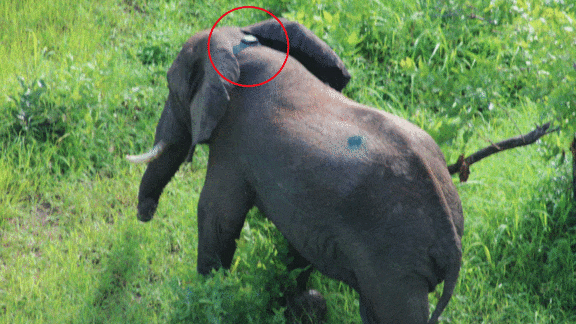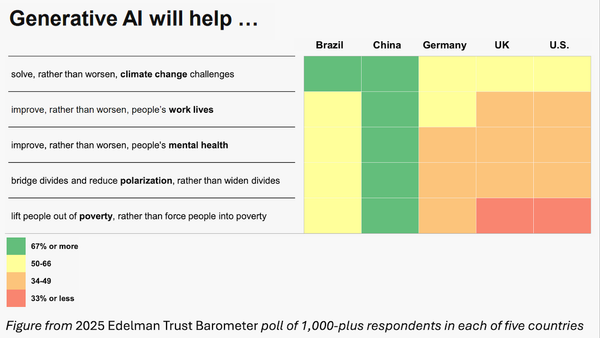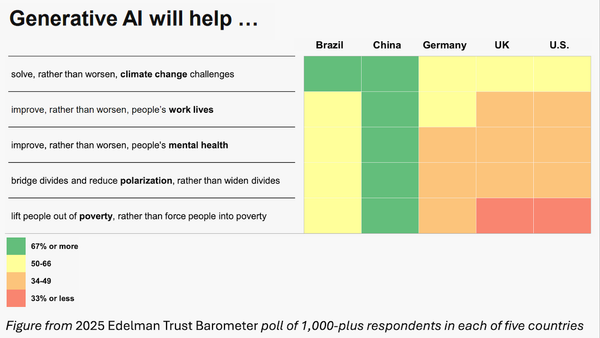Algorithms For Elephants: How AI tracking collars help protect endangered wildlife.
An AI-powered collar may help protect wild elephants from poachers, hunters, and other hostile humans. Ten ElephantEdge wireless tracking collars will be fitted onto African elephants next year, TechCrunch reported.

An AI-powered collar may help protect wild elephants from poachers, hunters, and other hostile humans.
What’s new: Ten ElephantEdge wireless tracking collars will be fitted onto African elephants next year, TechCrunch reported. The product of an open source collaboration between hardware and software engineers, the collar serves as a platform for machine learning models designed to interpret elephant behavior and alert sympathetic humans when the animals are in trouble.
How it works: The models included are winners of a competition organized by Hackster.io, a hardware engineering community, and Smart Parks, a Dutch conservation group. They were built using development tools from Edge Impulse and work with hardware from organizations including Institute Irnas and Avnet.
- Elephant AI contributed a model that recognizes human sounds picked up by the collar’s microphone and cross-references them with GPS coordinates to detect possible poachers. A different one uses data from the collar’s accelerometer to determine when elephants are eating, sleeping, or running.
- The Gajraj AI project built models to limit harm when elephants seek food from farms. For instance, one analyzes motions and vibrations of an elephant’s trunk for signs of distress from human interaction and alerts people nearby.
- Elephant Guardian provided models that interpret elephant activity, as well as one that alerts rangers to sounds of weapons commonly used by poachers, such as AK-47s.
Behind the news: Defenders of wildlife are increasingly using AI to extend their reach and effectiveness.
- A machine learning model called PAWS suggests optimal patrol routes to help park rangers in Cambodia intercept poachers.
- Image recognition models associated with camera traps in the wild help conservationists keep track of numbers and movements of endangered species. For instance, a model from Google Earth recognizes 614 species and classifies 3.6 million images an hour.
Why it matters: Africa’s elephant population has plummeted in recent years. Only about 350,000 wild elephants remain on the continent, and poachers illegally kill upward of 15,000 a year. These animals need all the help they can get.
We’re thinking: This work addresses the elephant in the room.




